
Experiments on Plant Hybrids by Gregor Mendel (new English translation)
Activities, Education, Resources, Undergraduate0 Comments
/
Scott Abbott and View ORCID ProfileDaniel J. Fairbanks
Genetics October 1, 2016 vol. 204 no. 2 407-422; https://doi.org/10.1534/genetics.116.195198
Reprinted here under CC-BY permission. Available in PDF form here.
Here, translated into English, GENETICS republishes…
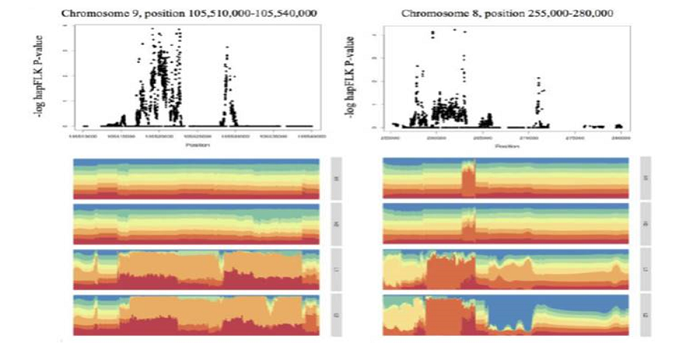
Signatures of local adaptation in lowland and highland teosintes from whole genome sequencing of pooled samples ($)
Plant Science Research Weekly, ResearchTeosinte, the ancestor of maize, grows in a range of environments in México. Teosinte parviglumis (Zea mays ssp parviglumis) is more prevalent in lowland regions while teosinte mexicana (Zea mays ssp mexicana) occupies highland territory (>2000 m above sea level). Admixture between parviglumis and…
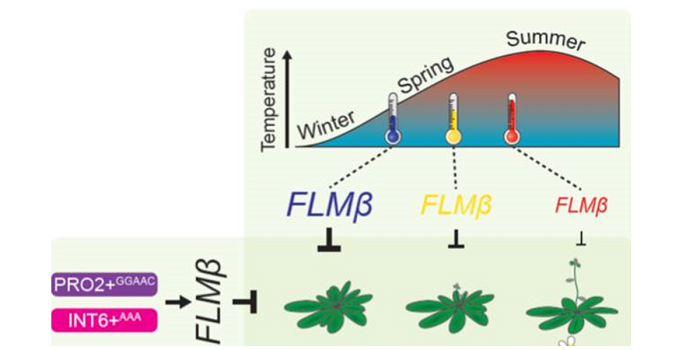
Natural haplotypes of FLM non-coding sequences fine-tune flowering time in two ambient spring temperatures in Arabidopsis
Plant Science Research Weekly, ResearchDelaying reproduction until conditions are favorable is a key to success. FLOWERING LOCUS C is a well-known regulator of flowering that delays flowering until after winter vernalization. In the spring, FLOWERING LOCUS M (FLM) fine-tunes flowering time in response to ambient temperatures between 5ºC…
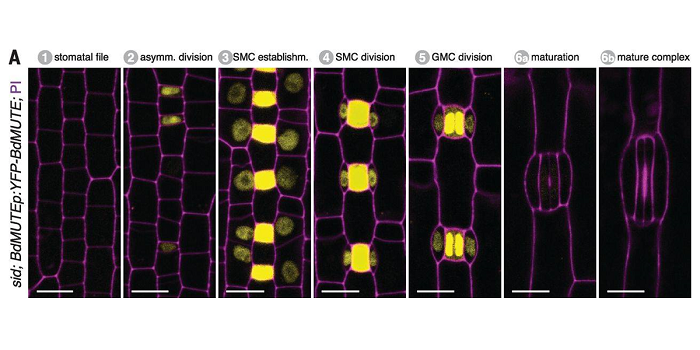
Mobile MUTE specifies subsidiary cells to build physiologically improved grass stomata ($)
Plant Science Research Weekly, ResearchPlants breathe through pores called stomata on leaf surfaces. Stomata are the point of contact with the outside world as they allow gas exchange (e.g., CO2 for photosynthesis) and transpiration. Grasses have evolved to form more efficient stomata in which the guard cells are flanked by additional subsidiary…
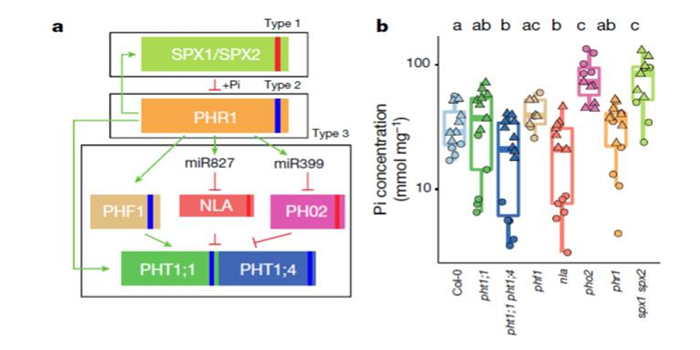
Root microbiota drive direct integration of phosphate stress and immunity
Plant Science Research Weekly, ResearchMany of the genes involved in the phosphate-stress response (PSR) have been identified from plants growing on sterile medium. Castrillo et al. examined how the root microbiota affectthe phosphate stress response, and how phosphate affects the association between roots and microbes. Plants deficient…
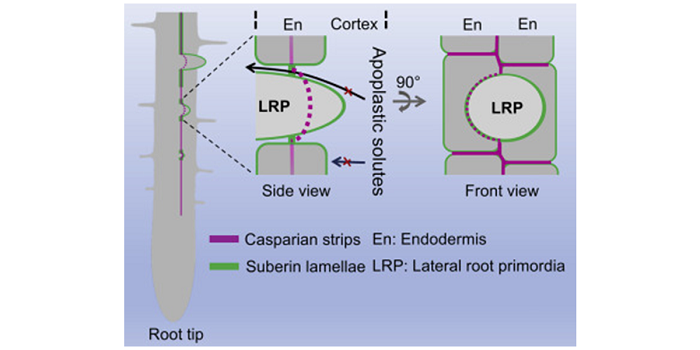
Role of LOTR1 in Nutrient Transport ($)
Plant Science Research Weekly, ResearchCasparian strips, named after the German botanist Robert Caspary who discovered them, are a cellular feature found in the roots of all higher plants. They are ring-like lignin polymers deposited in the middle of anticlinal cell walls (parallel to the root radius) between endodermal cells. Along with…
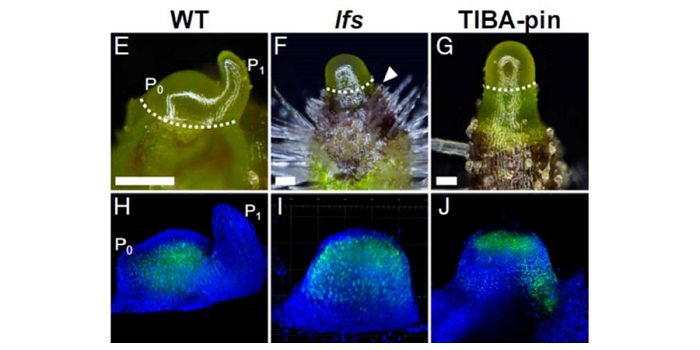
Coordination of auxin-triggered leaf initiation by tomato LEAFLESS ($)
Plant Science Research Weekly, ResearchCapua and Eshed explored the link between auxin and leaf initiation at the shoot apical meristem, using the tomato mutant leafless (lfs), which is an ortholog of the Arabidopsis DORNRONSCHEN (DRN) and DRN-like (DRNL) genes that encode AP2-type transcription factors. The lfs mutant and the drn/drnl double…
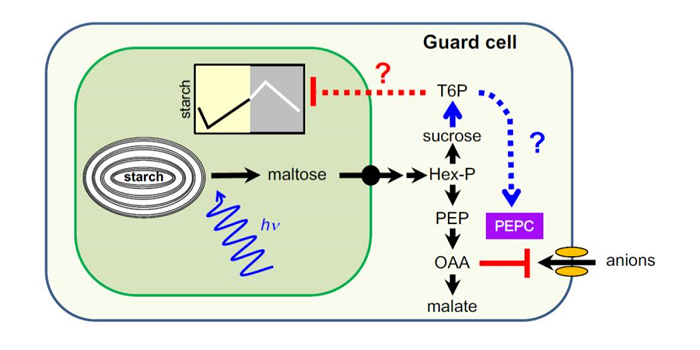
Update: Transitory starch metabolism in guard cells: unique features for a unique function
Plant Science Research Weekly, ResearchIn leaf mesophyll cells, some of the sugars produced by photosynthesis are stored as transitory starch, which is then broken down to provide the cells with energy during the night. Recent advances in imaging and staining and the use of mutants have enabled the pattern of accumulation of transitory starch…
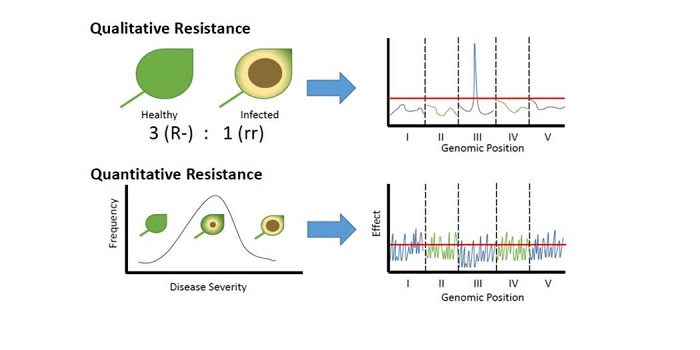
Review: Quantitative resistance: More than just perception of a pathogen
Plant Science Research Weekly, ResearchSome forms of pathogen resistance function like an on/off switch: if a plant has an appropriate receptor it recognizes a pathogen and shows resistance. Corwin and Kliebenstein review the other kind of resistance, quantitative resistance, in which many genes make small contributions to the plant’s resistance.…

